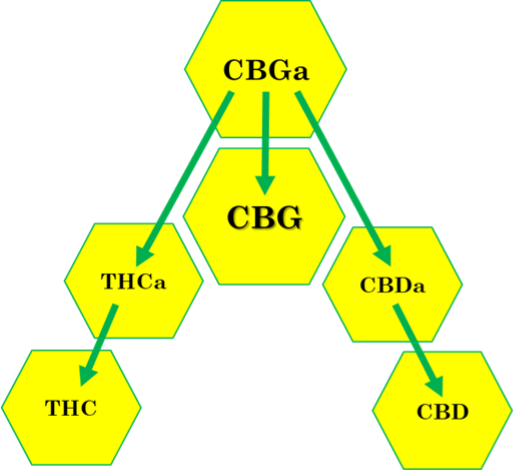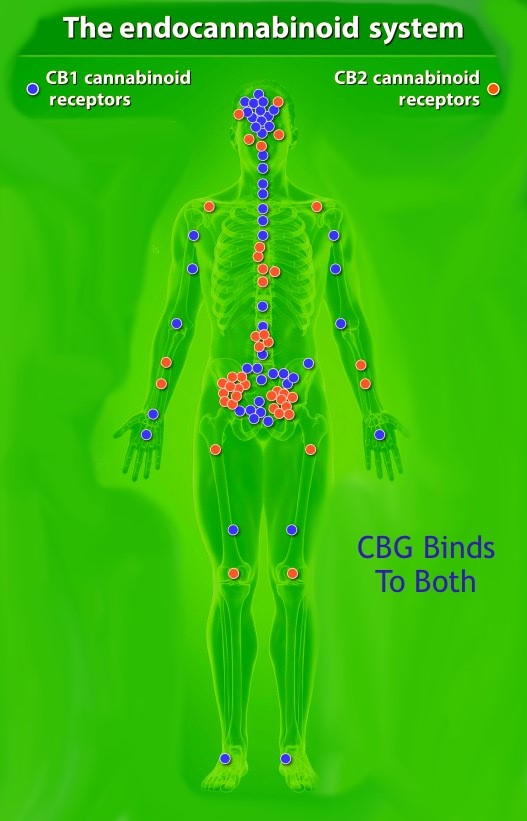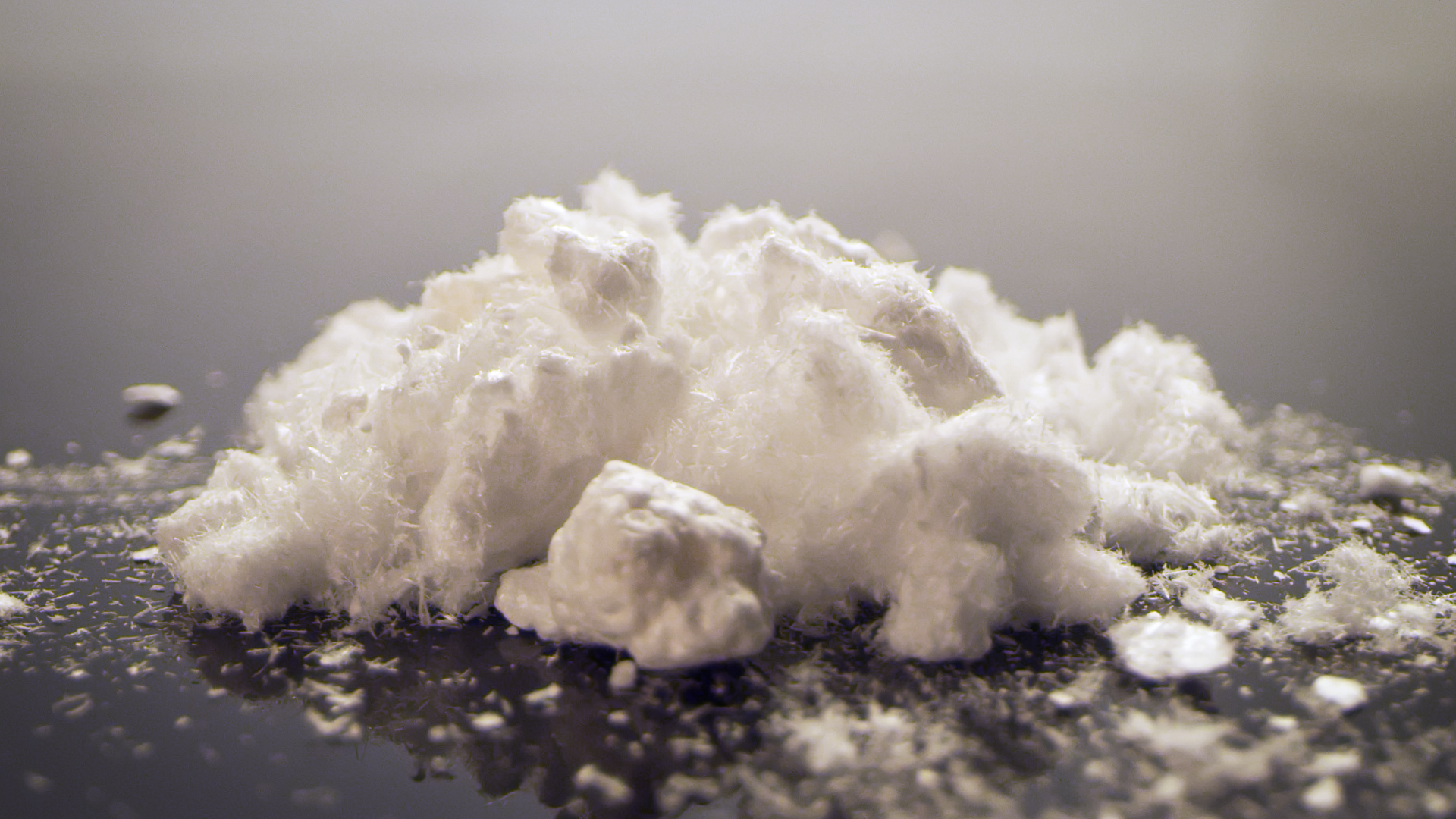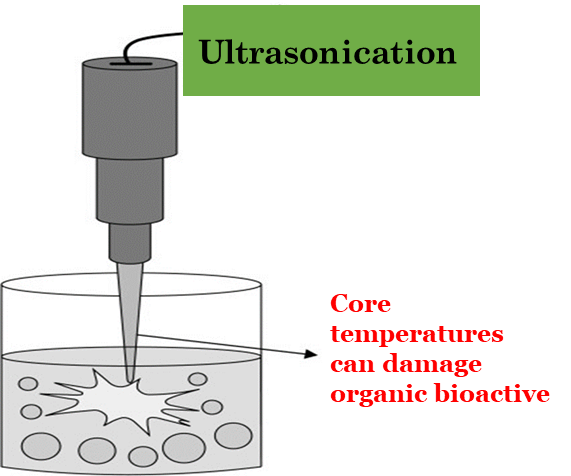CBG Science

Another major challenge in formulating products with full-spectrum and broad-spectrum CBD oil is the dramatic variance in the cannabinoid profile of the oil being produced. Profile variation occurs from one season to the next and from plant to plant in the same hemp field. Simply put, the composition of the oil is not the same every time. This issue is well-known to any scientist who has been involved in the planting, harvesting, and extraction of hemp for CBD. Therefore, it is unrealistic to assume that consumers get the same product each time they buy a product made with full-spectrum or broad-spectrum oil. To oversimplify a complex issue, it would be like going to a vineyard and sampling the wine, then returning a few years later and expecting the wine made from a new harvest to taste the same as the wine sampled on the previous visit. This is an unlikely prospect, if not outright impossible.
It makes sense that those who enjoy cannabis appreciate a craft experience, just as wine enthusiasts appreciate the idiosyncrasies of different vintages. It is important to acknowledge and appreciate growers like those of the Emerald Triangle in Humboldt County, California for pioneering and refining the art of craft cannabis. Even in the case of craft cannabis, there is great care given to nurturing and protecting “mother plants” to prevent genetic mutations from occurring so that a consumer’s experience of a particular strain is preserved from one harvest to the next.
A hemp grower or CBD product manufacturer using full-spectrum or broad-spectrum CBD is limited in their ability to ensure that each batch will be able to meet the standards of the discerning consumer, who is expecting a consistent product experience. On the other hand, CBG-isolates and CBD-isolates that are independently lab tested as +99.9% pure, will reliably produce specific, measurable, and consistently repeatable results. It is understandable that purists and early participants in CBD would object to this reasoning claiming the absence of the “entourage effect.” The entourage effect is a theory that the more than one hundred different cannabinoids and terpenes found in full-spectrum and broad-spectrum CBD oil work together to provide the consumer greater benefits. While the complementary effects of CBD and THC can be dramatic, there is currently limited evidence to suggest that secondary cannabinoids or terpenes contribute meaningfully to these results.
Cannabinoid terpenes are known to be unstable. Additionally, the unknown stability of secondary compounds over prolonged periods means that it is impossible to say how long they remain safe for use. Full-spectrum and broad-spectrum CBD products will face hurdles in serving the broader US population if the consumer experience is inconsistent.
Biology
Endocannabinoid Receptor System


CBG Isolate
Nanoemulsion
This issue of reduced and delayed bioavailability has led to the appearance of Nanoemulsion in the cannabinoid space. Nanoemulsion is akin to taking an oil particle that is the size of a basketball and breaking it down into spheres the size of golf balls. A description of various nano-emulsification methods are documented in research3 published by Nano Bella Chief Chemist Dr. Manish Kumar Ph.D., a leading researcher on the subject of hydrophobic bioactive nano-emulsification. The use of Nanoemulsion methods can significantly improve speed and absorption volume of cannabinoids.4

It is important to understand that not all Nanoemulsion methods are created equal. Unfortunately, the most common method employed in the cannabinoid space is ultrasonication. This uses sound waves to agitate the compound resulting in extreme temperatures at the core of the bioactive particle and widely varying final particulate sizes. This approach has the precision of slicing bread with a sledgehammer. This method is still effective but may result in some bioactive degradation of the cannabinoid (diagram below). Dr. Manish Kumar and other leading scientists are developing Nanoemulsion methods with a precision that more closely resembles those used in the cutting of diamonds. Over time, these methods will emerge as the gold standard in the cannabinoid marketplace.

Drug Testing
The federally permitted level of THC in full-spectrum CBD oil is 0.3%. The most common cases of consumers failing drug tests after using a CBD product are among those who have used a full-spectrum product. Broad-spectrum and isolate-based products are often labeled as THC-free or THC undetectable. While there is no formal standard for THC-free or THC undetectable, the prevailing convention seems to be a level below 0.01% THC. Unfortunately, it is almost impossible to remove every particle of THC. The challenge for individuals in the military and law enforcement is that cannabinoids are fat soluble. This means that if absorbed into a human cell, the THC can build up over time and, depending on the volume consumed, can cause a person to fail a drug test. There are six types of drug testing: oral, urine, blood, hair, perspiration, and breathalyzers. The accuracy and reliability of these tests vary. So, it is important for these individuals to understand that, however slim the possibility may be, they may fail a drug test if they use a broad-spectrum or isolate based CBD or CBG product.
Market Integrity
There is a wholly separate trust issue that is impeding the growth of the non-psychoactive cannabinoid market. There are some larger respected companies in the CBD space that are making their way to becoming household names, and these companies make a conscious effort to bring order and standards to the cannabinoid marketplace. Unfortunately, the early CBD goldrush, combined with a relatively lax regulatory environment, led to a number of unscrupulous opportunists tainting the early market with poor-quality products. These products often contained low doses of CBD or, in some cases, no CBD at all. With so many white-labeled, third-party manufactured products in the marketplace, some of these questionable business practices will persist for the foreseeable future.